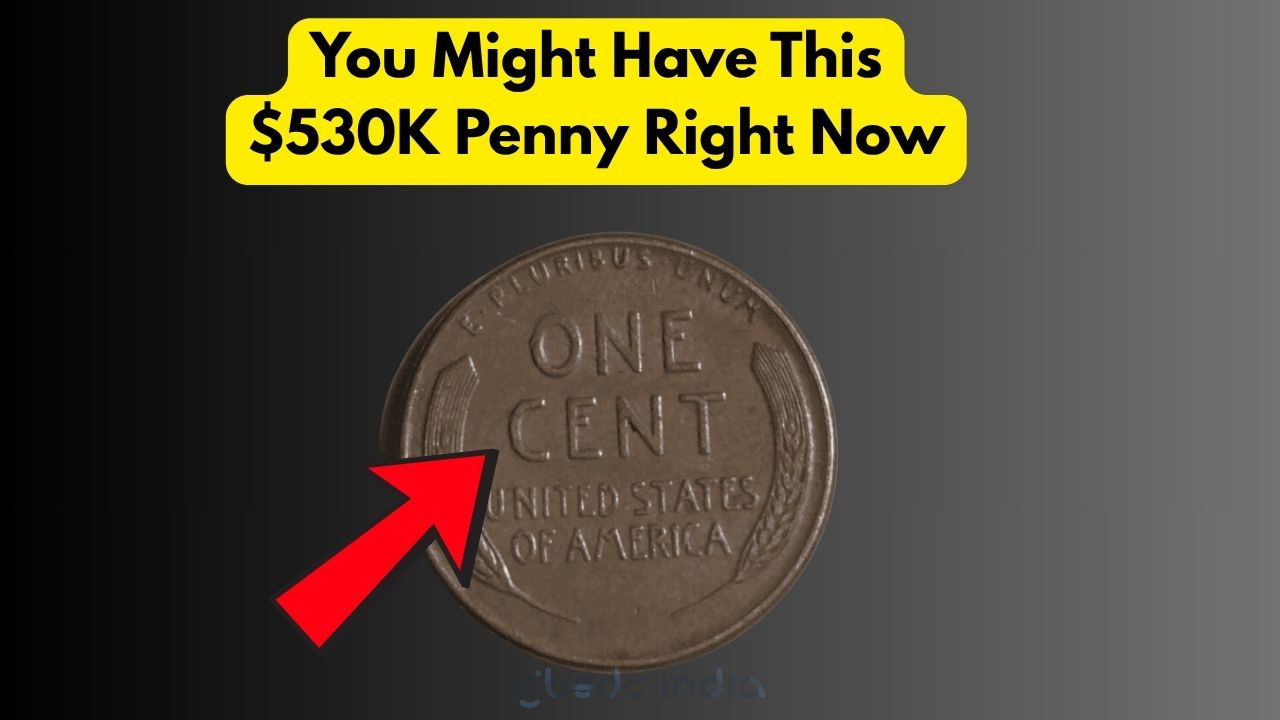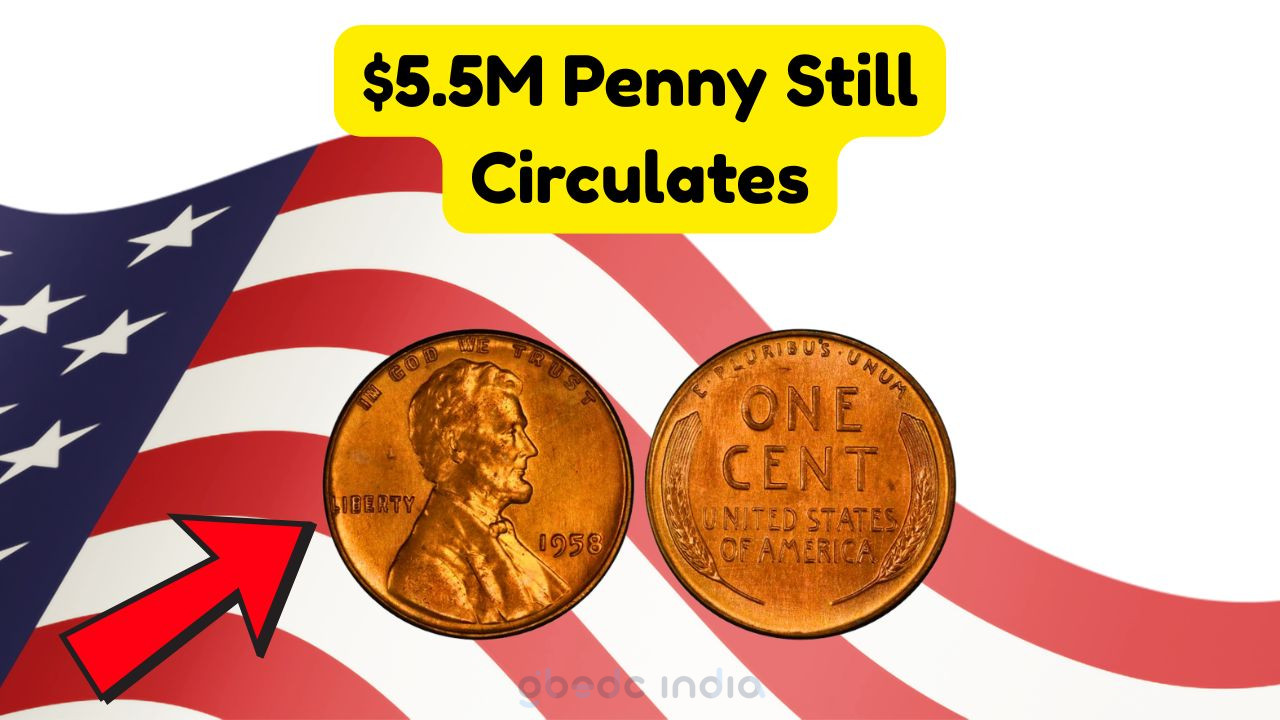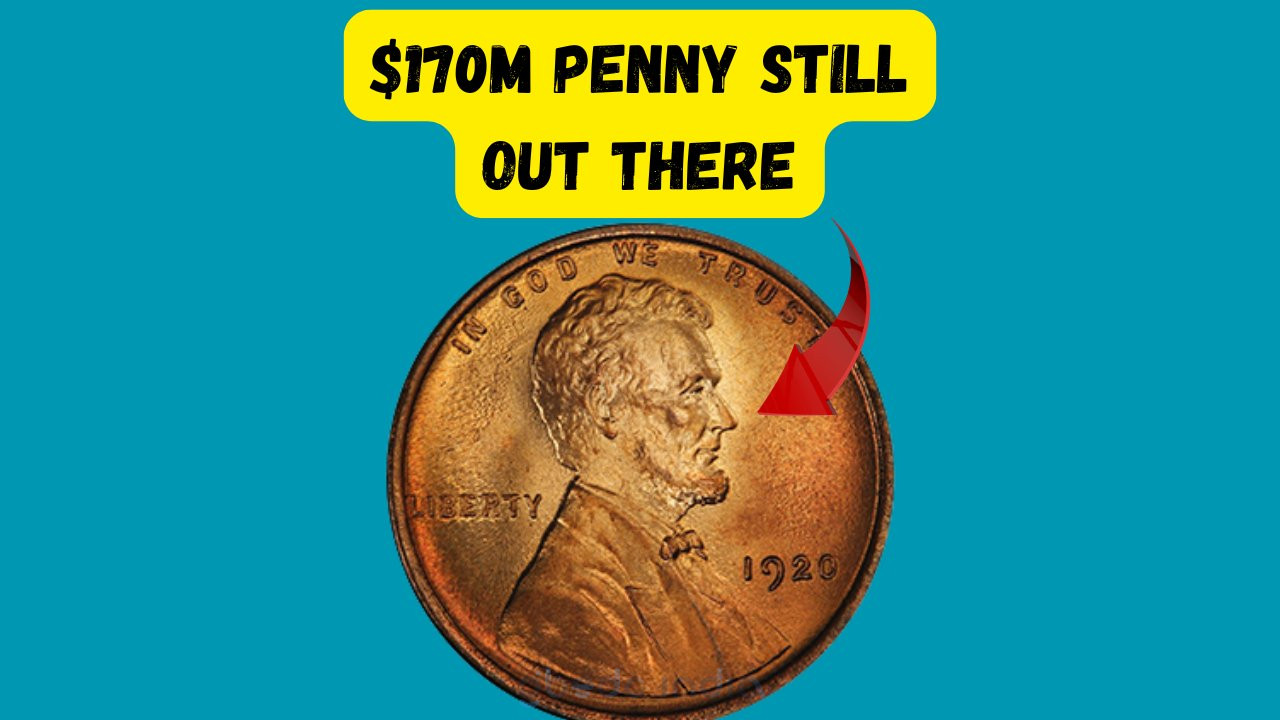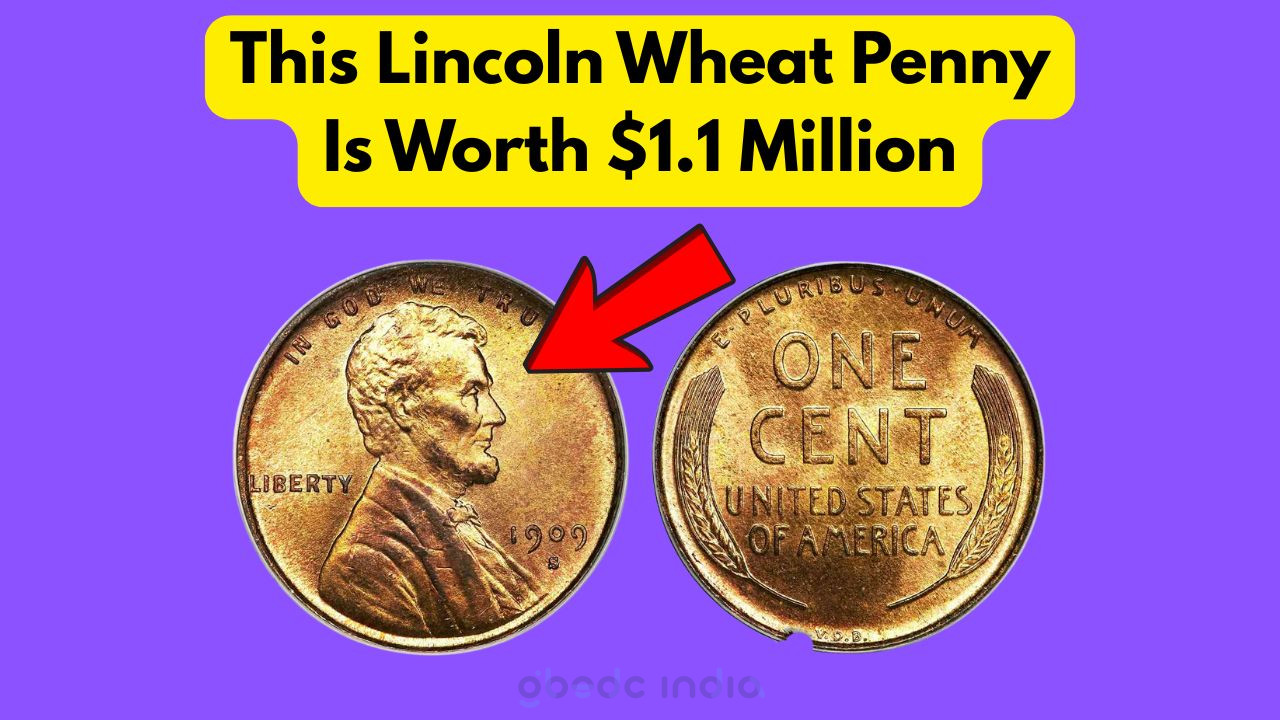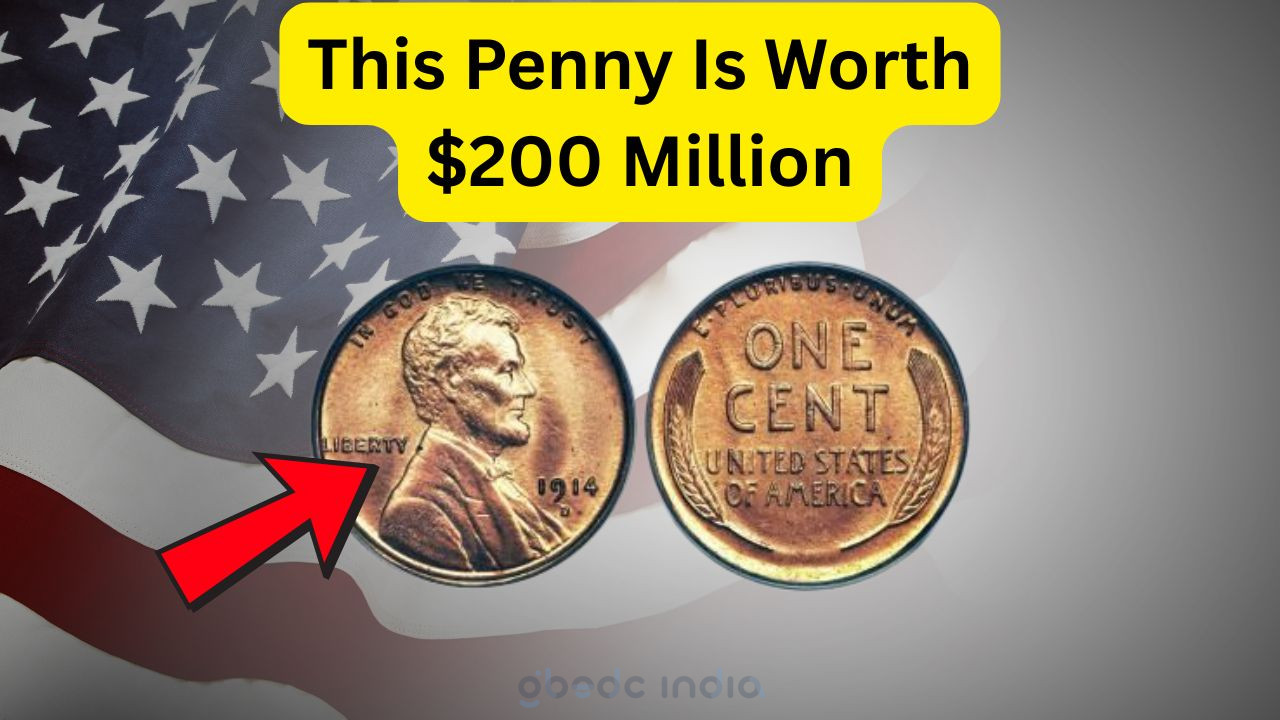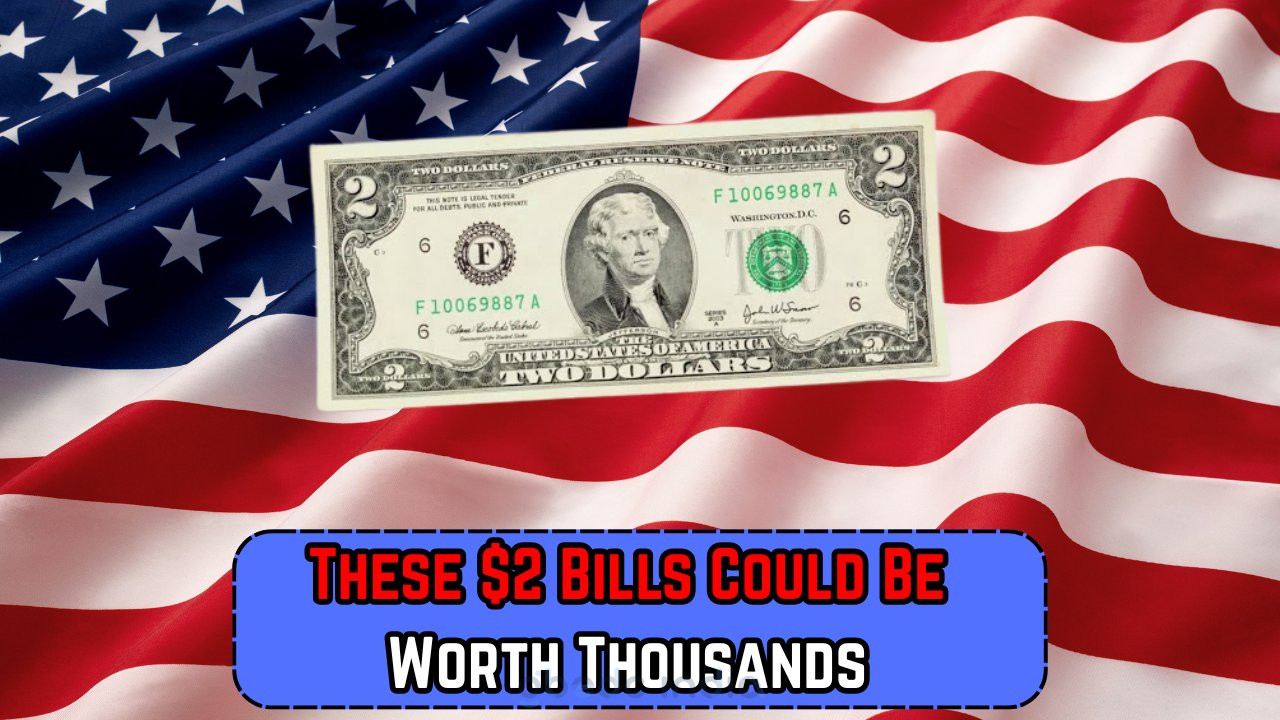Lincoln Wheat Penny
Discovering the Value of a Lincoln Wheat Penny
Lincoln Wheat Penny: Imagine rummaging through your pocket change and stumbling upon a coin worth a small fortune. This is the case with the legendary Lincoln Wheat Penny, a coin that has captured the imaginations of collectors and casual coin enthusiasts alike. Known for its unique historical significance and scarcity, this penny could potentially be valued at a staggering $530,000, making it a prize possession for those lucky enough to find one.
- The Lincoln Wheat Penny was first minted in 1909.
- It features the iconic profile of President Abraham Lincoln on one side.
- The reverse side displays two wheat ears, symbolizing prosperity.
- Some variants of this penny are incredibly rare and valuable.
Factors Contributing to the Penny’s Value
Several factors contribute to the Lincoln Wheat Penny’s potential high value. First and foremost, rarity plays a significant role. The rarer the coin, the more collectors are willing to pay for it. Coins from certain years, such as 1909-S VDB and 1914-D, are particularly sought after. Additionally, the penny’s condition, or grade, significantly impacts its value. Coins in mint condition can fetch much higher prices compared to those that show signs of wear and tear. Another factor is the historical context of the coin. As one of the first coins to feature a U.S. president, it holds immense historical significance, further driving its demand among collectors.
- Rarity of specific mint years like 1909-S VDB and 1914-D.
- Condition or grade, with mint condition being highly prized.
- Historical significance as the first coin to feature a U.S. president.
- Market demand and collector interest.
- Provenance or previous ownership of the coin.
Identifying a Rare Lincoln Wheat Penny
Spotting a rare Lincoln Wheat Penny among your change requires a keen eye and some knowledge of coin collecting. Start by examining the coin’s date and mint mark. Coins from the San Francisco mint, indicated by an ‘S’, and those with the initials ‘VDB’ at the bottom of the reverse side are especially valuable. The coin’s condition is another crucial factor. Look for coins that have retained their original luster and detail, as these are more desirable. It’s also beneficial to compare your findings with a coin value guide or consult with a professional appraiser to ascertain the true value of your penny.
| Year | Mint Mark | Condition | Value | Notes |
|---|---|---|---|---|
| 1909 | S | Mint | $530,000 | Rare VDB variant |
| 1914 | D | Good | $150,000 | Highly sought after |
| 1922 | No D | Average | $50,000 | Unique error coin |
| 1931 | S | Mint | $5,000 | Low mintage |
| 1943 | P | Steel | $100,000 | Steel penny rarity |
| 1955 | None | Good | $30,000 | Double die error |
| 1958 | P | Mint | $200,000 | Double die rarity |
| 1969 | S | Mint | $75,000 | Double die error |
Preserving the Value of Your Penny
To preserve the value of your Lincoln Wheat Penny, proper storage and handling are crucial. Coins should be kept in a dry, cool environment to prevent oxidation and tarnish. Using coin holders or albums with protective films can safeguard against physical damage. Always handle coins by their edges to avoid fingerprints and oils that can degrade the surface. If planning to sell, documentation of the coin’s history and condition can enhance its value. Regularly consulting with coin experts or joining coin collecting clubs can provide valuable insights into maintaining and possibly increasing the penny’s worth over time.
- Store in a dry, cool place to prevent oxidation.
- Use protective coin holders or albums.
- Handle only by the edges to avoid damage.
Understanding the Coin Grading System
Grading is a critical aspect of determining the value of a Lincoln Wheat Penny. The coin grading system ranges from Poor (P-1) to Perfect Uncirculated (MS-70). Grading is based on factors such as the coin’s luster, strike, and presence of any marks or wear. Professional grading services can provide an official grade, which is often necessary for high-value sales. Understanding this system can help collectors make informed decisions about buying, selling, or preserving their pennies. For those new to coin collecting, learning the nuances of grading can be an exciting journey into the world of numismatics.
- Poor (P-1): Barely identifiable, heavily worn.
- Fair (FR-2): Very worn, but date and some details visible.
- Good (G-4): Significant wear, but main details are clear.
- Fine (F-12): Moderate wear, with some finer details still visible.
- Very Fine (VF-20): Light to moderate wear, remaining details are sharp.
- Extremely Fine (EF-40): Minimal wear, excellent details.
- Mint State (MS-60 to MS-70): No wear, perfect or nearly perfect condition.
Tracking Coin Auctions and Sales
Keeping track of coin auctions and sales is a great way to stay informed about the current market value of Lincoln Wheat Pennies. Auction houses like Heritage Auctions and online platforms such as eBay frequently list rare pennies, providing insights into their going rates. Monitoring these sales can offer collectors a chance to gauge demand and price trends. Participating in auctions can also be a thrilling experience, allowing collectors to acquire rare finds or sell their coins at competitive prices. Building a network with other collectors and auctioneers can provide valuable leads and opportunities in the dynamic world of coin collecting.
| Platform | Type | Frequency | Benefits |
|---|---|---|---|
| eBay | Online | Daily | Wide variety of listings |
| Heritage Auctions | Live/Online | Quarterly | Exclusive rare coins |
| Stack’s Bowers | Live/Online | Monthly | Expert appraisals |
| Local Coin Shows | In-Person | Varies | Networking opportunities |
Exploring Coin Collecting Communities
Joining coin collecting communities can enrich your experience and knowledge about Lincoln Wheat Pennies. These communities, whether online forums or local clubs, offer a platform to share experiences, exchange tips, and discuss trends in the coin market. Engaging with fellow enthusiasts can provide valuable insights and potentially lead to discovering hidden gems. Participating in community events or seminars can also enhance your understanding of numismatics, making the hobby more fulfilling and potentially profitable.
- Online Forums:
- Coin Talk: A popular platform for discussions.
- Local Coin Clubs:
- Networking: Meet fellow collectors in person.
- Social Media Groups:
- Facebook: Active groups with regular updates.
The Future of Lincoln Wheat Penny Collecting
As the world of numismatics continues to evolve, the future of Lincoln Wheat Penny collecting looks promising. Emerging technologies, such as blockchain and digital certifications, are enhancing the transparency and security of coin trading. Furthermore, the increasing interest from younger generations assures a vibrant future for coin collecting. As more people discover the thrill of uncovering rare coins and understanding their historical context, the demand for Lincoln Wheat Pennies is likely to grow, making it an exciting time to be part of this fascinating hobby.
| Trend | Impact | Opportunities | Challenges |
|---|---|---|---|
| Digital Certification | High | Increased trust | Technical adoption |
| Blockchain Technology | Medium | Secure transactions | Integration costs |
| Younger Collectors | High | Fresh perspectives | Knowledge gap |
| Global Market | Medium | Broader reach | Logistics |
FAQ About Lincoln Wheat Pennies
What makes a Lincoln Wheat Penny valuable?
Several factors impact the value, including rarity, condition, historical significance, and demand among collectors.
How can I identify a rare Lincoln Wheat Penny?
Check for specific mint marks, like ‘S’, and features such as ‘VDB’ on the reverse side. Also, assess the condition of the coin.
Where can I sell my Lincoln Wheat Penny?
You can sell through online platforms like eBay, at coin shows, or through auction houses like Heritage Auctions.
Is it worth getting my penny professionally graded?
Yes, a professional grade can enhance the value and appeal of your coin, especially if it’s rare or in excellent condition.
Can I start collecting Lincoln Wheat Pennies as a beginner?
Absolutely, it’s a great entry point into coin collecting due to its historical significance and potential for high value.
